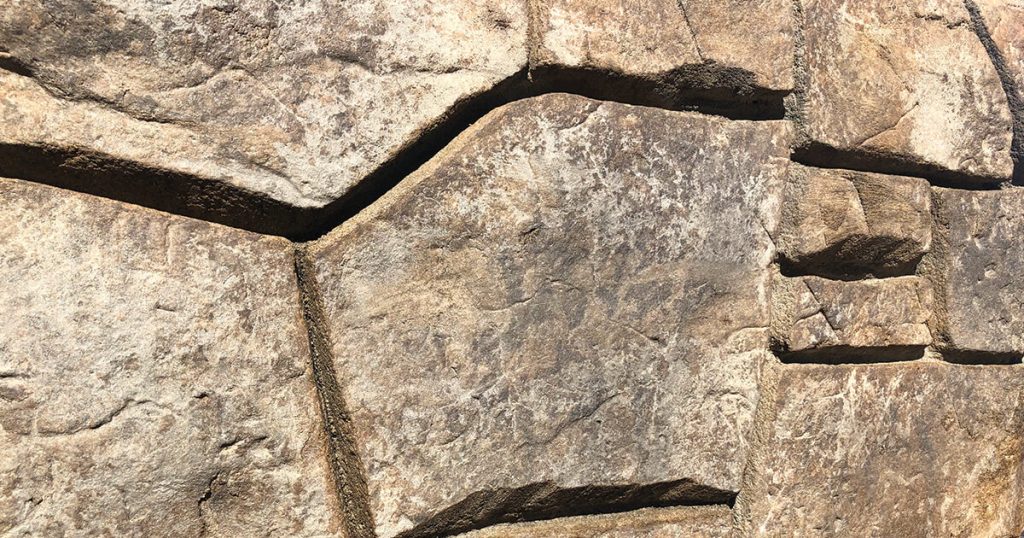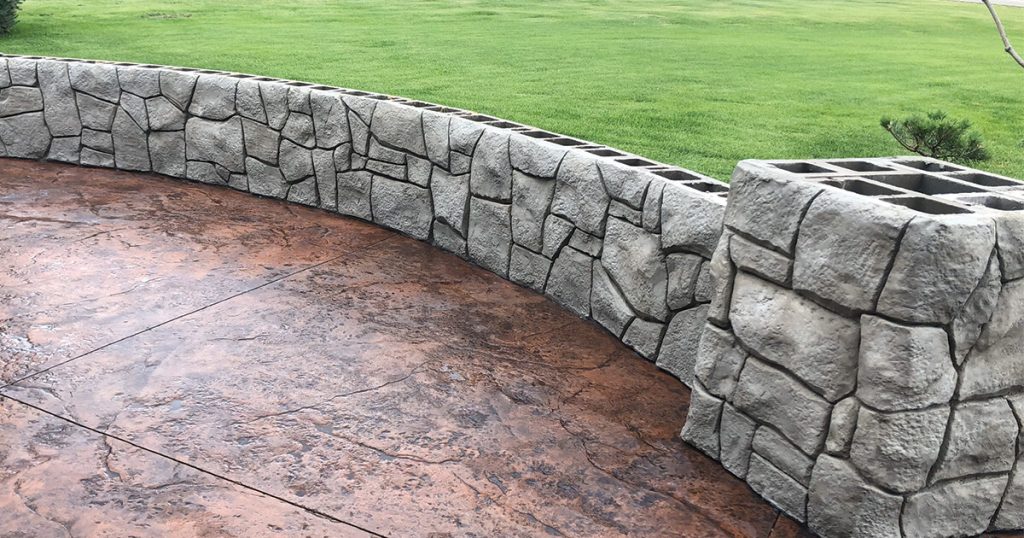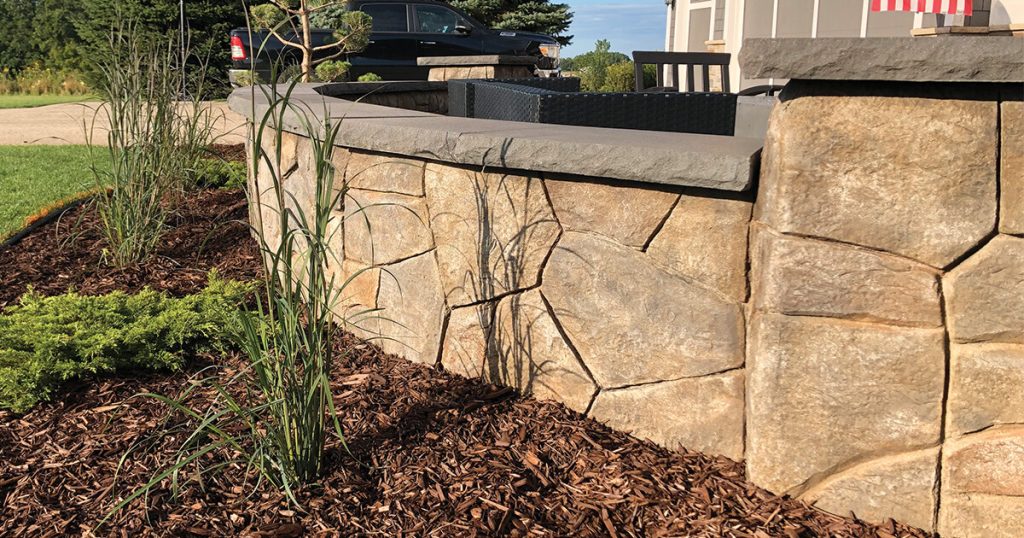Improving your home’s landscape from average to excellent can increase its value by 10-12%, which is particularly important in Florida where our outdoor lifestyle is a major draw. Many homeowners in Central Florida opt for stone to enhance their landscapes because it offers natural beauty, detail, character, and a sense of importance. Its strength and durability make it an excellent choice for patios, retaining walls, and walkways.
However, the cost of larger stones and limited color options can be a challenge. That’s where hand-carved stone comes in. It is the perfect material to create affordable, large-format faux-stones with a fully customizable color palette. Hand-carved stone has been used for over 40 years at theme parks, water parks, zoos, and resorts, yet it is not often used on residential properties due to it not being an option at big box stores. But don’t let that discourage you.
Many qualified concrete contractors specialize in hand-carved stone, offering expertise in transforming your outdoor space. Take a look at this project by Chris Becker, VP of Marketing and Head Trainer for the Fenix Group, who used SureCrete WallStamp on a concrete cinder block to create a half wall that beautifully frames the outdoor space. The wall was colored using a water-based concrete stain called Eco-Stain, with three colors: Domino, Pewter, and Espresso. Whether you’re interested in learning how to do hand-carved stone yourself or need a local contractor to handle the installation, the team at Select Surface Solutions is here to assist you.



Hand-Carved Stone PRODUCTS USED
Concrete Overlay | WallStamp
Concrete Stain | Eco Stain
WANT TO LEARN HOW TO Create Carved Stone?
Training is available at Select Surface Solutions of Orlando, FL
